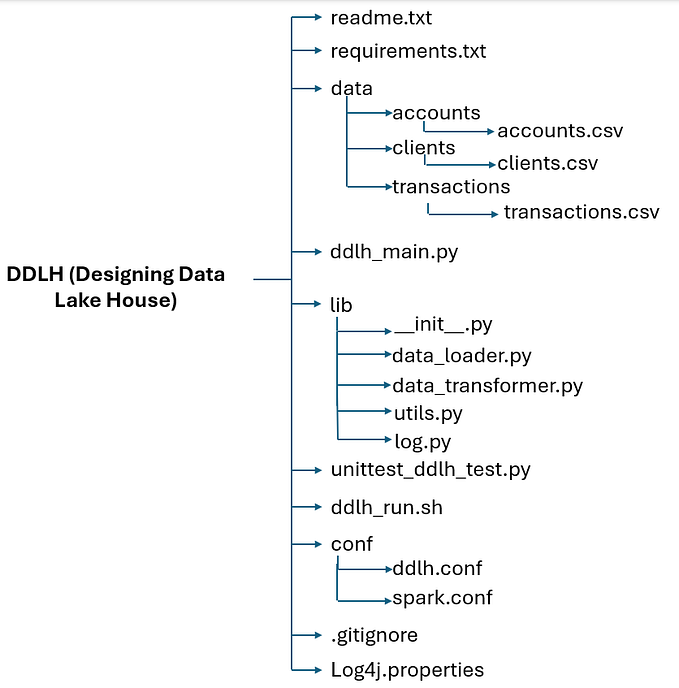Member-only story
Tuning Spark Optimization: A Guide to Efficiently Processing 1 TB Data

The aim of this article is to provide a practical guide on how to tune Spark for optimal performance, focusing on partitioning strategy, shuffle optimization, and leveraging Adaptive Query Execution (AQE). By walking through the configuration of a Spark cluster processing 1 TB of data, we’ll explore the key settings you should consider ensuring efficient data processing, maximize parallelism, and minimize memory issues.
Whether you’re a data engineer or a data scientist looking to get more from your Spark jobs, this guide will help you understand the why and how of Spark optimizations. Let’s dive in!
Let’s say you want to process 1 TB of data and your cluster configuration is as follows:
- Cluster Setup: 5 nodes, each with 8 cores and 32 GB of RAM.
- Core Allocation: Reserve 1 core per node for YARN or the cluster manager, leaving 7 cores per node for Spark executors.
- Memory Allocation: With 90% of memory allocated to Spark, each node has 32*0.9 = 28 GB available, meaning each core can use roughly 4 GB of memory.
Given this setup, optimizing Spark’s partitioning and configuration becomes crucial for efficient data processing. Here’s a step-by-step guide, including Spark code snippets for tuning.








